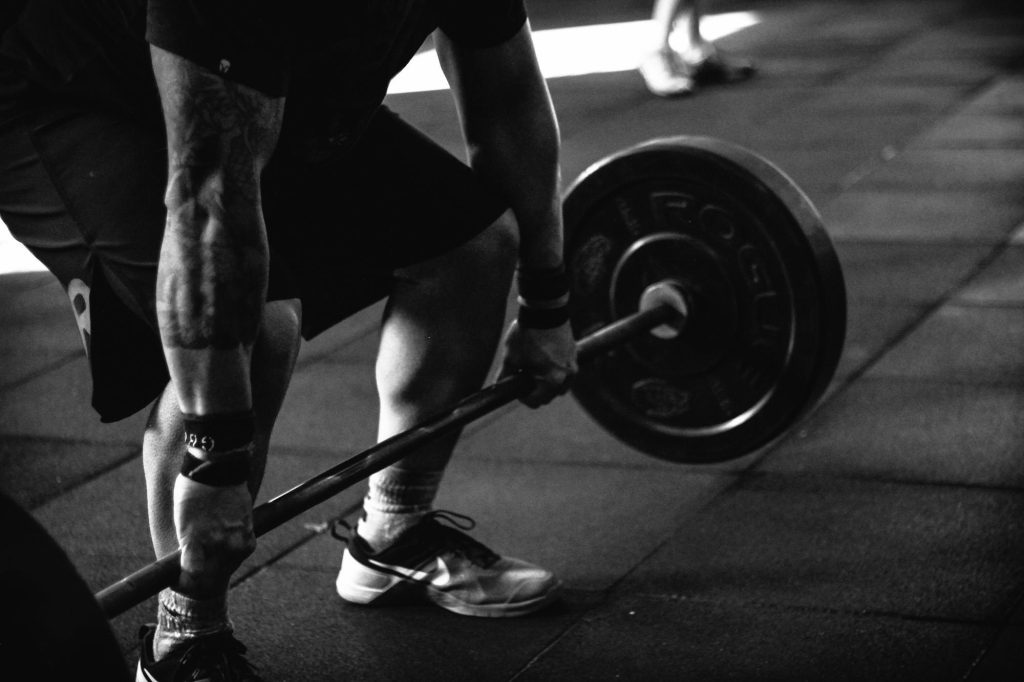wellhealthorganic.com/how-to-build-muscle-know-tips-to-increase-muscles

When it comes to physical improvement, building muscle is often a top priority.
The added muscle mass will increase your muscle definition, improve your lean body mass, and add shape in all the right places.
Muscle growth requires time, persistence, and a long-term commitment to the process. While gaining large amounts of muscle may seem difficult, with proper training programs and adequate consumption of certain foods, serious muscle building is possible for most people.
This article breaks down everything you need to know about building muscle, including how to workout, what to eat, and recovery protocols.
Muscle Building Basics
Anatomically, skeletal muscles are a series of parallel cylindrical fibers that contract to generate force. This muscle contraction allows all external human movement to occur.
Your body is in a constant process of renewing and recycling the amino acids, or protein building blocks, in your muscles.
If your body removes more protein than it adds, you will lose muscle. If net protein synthesis is even, there is no measurable change in muscle size. Finally, if your body stores more protein than it removes, your muscles will grow.
The key to building muscle is to increase the rate of protein synthesis while decreasing the rate of protein breakdown.
This process of increasing your muscles is known as muscle hypertrophy, and it is the primary goal of resistance training.
The process of building muscle is stimulated by several factors, including hormones such as testosterone and growth hormone, as well as the availability of amino acids and other nutrients.
To build new muscle tissue, your primary tools for increasing your body’s rate of protein synthesis are resistance training and getting adequate amounts of protein and overall nutrients.
The right amount of resistance training stimulates your body’s hormonal response to build muscle, but it requires the availability of adequate protein and energy to ensure that the process results in muscle gain as opposed to muscle loss. Are in.
While researchers and experts continue to study the science of optimizing muscle gains, resistance training using moderate to heavy loads, combined with relatively high protein intake, remains the only tried-and-true training method for increasing muscle mass.
Tips To Gain Muscle
While many types of exercise provide health benefits, the only way to reliably drive muscle growth is to exercise your muscles against moderate to heavy resistance. Furthermore, muscle growth is specific to the muscles being used.
1. Choose the right amount of weight

In all cases, the weight should be heavy enough that it is impossible to perform more than 20 reps.
The weight you use should drop to or near failure in the number of repetitions you specify.
For example, if you are doing a set of 10 repetitions, by the tenth repetition, you should be unable or almost unable to perform another repetition. If your goal is building muscle, you should rarely have more than “two reps in the tank” by the end of the set.
The overall implication of the repetition range continuum is that you should go through different phases of training using different repetition ranges to see what gives your body the most muscle growth.
2. Choose your exercises well

As mentioned, building muscle is specific to muscle function.
For example, to build bigger biceps, you need to do exercises that work the biceps. This can be an isolated biceps exercise, such as a biceps curl, or a compound movement that uses the biceps, such as a pullup.
In terms of the best exercise types for building muscle, compound and isolation movements can be equally effective in producing muscle hypertrophy.
Still, for the best long-term fitness results, you should incorporate both compound and isolation movements into your training.
Compound movements like a barbell back squat effectively stimulate multiple large muscle groups in a single exercise and provide more functional movements for real-life activities. This leads to both a more efficient workout and greater practical muscle strength.
Isolation movements are a great way to target specific muscles, and beginners may initially find them safer and easier to learn than compound movements.
Additionally, it’s easier to perform isolation movements when you’re tired, because you’re not immobilizing your entire body. This can allow you to do a few extra targeted sets at the end of the workout when you would otherwise be too tired to perform another compound exercise.
3. Structure your workout to avoid overtraining

A good rule of thumb is to do 3 sets of 3-5 compound movements, followed by 3 sets of 1-2 isolation movements per workout.
Typically, you perform your heaviest sets using compound movements and perform higher repetition ranges on your isolation movements. Assuming you’re doing three work sets per exercise, limit your total joint compound and isolation movement exercises to 5-7 movements per workout.
This allows you to benefit from each type of exercise while maximizing the overall muscle building potential of your training program and avoiding any symptoms of over-training.
How To Eat To Gain Muscle
To gain muscle, you need to provide your body with the appropriate amount of calories and nutrients, especially protein. Doing this will help build new muscle protein from the dietary protein you eat, which will be fueled by the work you do in the weight room.
Your body has a maximum rate of muscle building, and beyond that limit, excess calories will be stored as fat. If your goal is to define muscle, you want to avoid gaining too much body fat.
Calories are necessary to gain muscle.
For lasting muscle gains without excess fat, you’ll want to eat 300-500 calories per day more than your baseline needs.
Protein is essential for gaining muscle.
When it comes to nutrients for building muscle, protein is a top priority. Recent research suggests that people training to gain muscle should eat about 0.72 grams of protein per pound (1.6 grams per kg) of body weight per day.
In summary:
It is possible to gain muscle using all repetition ranges, and some people may respond better to lower or higher repetitions with heavier or lighter weights, respectively.
Eating to gain muscle requires adequate protein and calories to fuel growth. To reduce body fat, avoid eating more than 300-500 extra calories per day.
Gaining muscle takes time and is limited to 0.5–2 pounds (0.25–0.9 kg) per month.
Read Also: wellhealthorganic.com:to-increase-immunity-include-winter-foods-in-your-diet-health-tips-in-hindi




